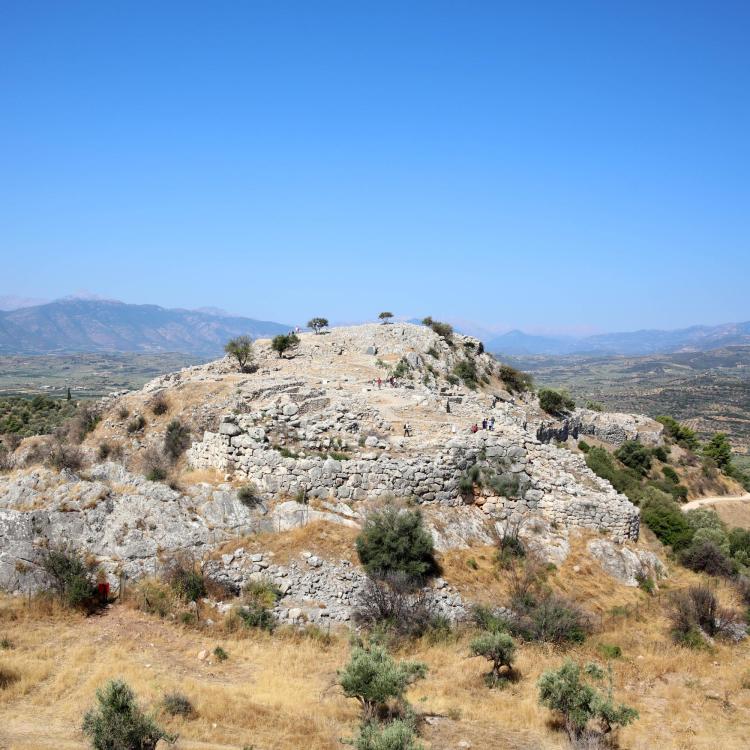Reassembling Mycenaean Greece, ca. 1650-1075 BCE
Dimitri Nakassis was awarded an National Endowment for the Humanities fellowship in 2023 for a book project, Reassembling Mycenaean Greece, ca. 1650-1075 BCE, which proposes a new way of understanding the Mycenaean world by taking apart interpretations premised on its essential unity. It shows that these models have failed to account for much of our textual and archaeological evidence and that they are also defective on theoretical grounds. It reconfigures the study of Mycenaean Greece through practice-based approaches and thus sets it on a more solid foundation. Specifically, I propose breaking its study down into distinct practices whose histories can be traced temporally and spatially, and then reassembling these to produce rich, textured historical understandings. This approach has the additional benefit of facilitating comparison with contemporary communities in the eastern Mediterranean. It also contributes to recent postcolonial work in ancient history and archaeology: it undercuts the role that Mycenaean Greece plays in discussions about the emergence of the citizen-based city-states of 1st millennium BCE Greece and thus undermines master narratives of Western and European civilization.

Media:

